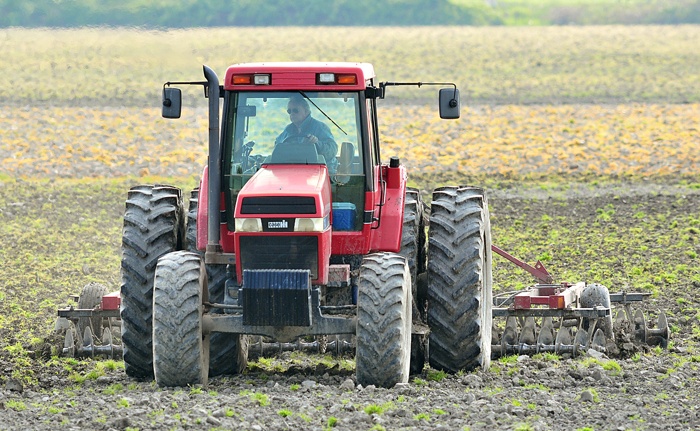VICTORIA – The NDP’s holy war against changes to the Agricultural Land Reserve got nastier last week, as it became clear it was defenders of the status quo who were being mowed down.
Ever since legislation was tabled to divide the ALR into two zones, with greater emphasis on social and economic needs to help viability of farms in the Kootenay, Interior and North regions, almost all the protest has been from unaffected areas. And much of it depends on emotion rather than fact.
In the legislature, Nanaimo MLA Leonard Krog rose to praise the late Dave Stupich, who birthed the ALR sacred cow as agriculture minister in 1973. Krog likened Stupich to the Biblical Daniel for his bravery in preserving farmland for our children’s children.
Cowichan Valley MLA Bill Routley did his signature “jiggery pokery” routine, this time accusing cabinet minister Bill Bennett of being “giddy” at the prospect of paying off his friends with development land. Before he gets too jiggery outside the protection of the legislative chamber, he would be well advised to find some evidence.
Stikine MLA Doug Donaldson, who at least represents an area being given broader latitude for secondary uses on farmland, warned of drought in California. The history of this is currently a hot topic in the quasi-religious climate change debate.
Meanwhile in the real British Columbia, life and farming go on under the existing farmland protection regime.
The largest ALR exclusion in B.C. history took a big step forward last week, as a federal-provincial review panel issued its report on the Site C dam proposed for the Peace River.
The panel noted that the dam would flood 2,775 hectares of farmland, representing all seven categories of soil quality. Opponents use a figure about twice that size, as if all the affected land was farmable.
The panel accepted that this land, including the small amount of micro-climate bottom land, represents 0.2% of the Peace region’s farm receipts. I would add that’s because what is farmed at all is mostly growing hay, which requires minimum capital and labour.
“It has potential, to be sure, but its unique and irreplaceable contribution would be for those labour-intensive crops like vegetables, which are not remotely practical in a labour-short region,” the report states.
We have to bring in Mexican guest workers to get vegetable and fruit crops off in the Fraser Valley and Okanagan. For a five-month growing season in the bush outside Fort St. John? This is a classic example of the religious fervor that replaces reason among the southern faithful of the ALR.
And how is the status quo working? Summerland council just voted to swap 80 hectares of flat farmland for 90 hectares further away in the Summerland Hills. The town is on restricted lakeshore terrain and the council wants to increase its urban zone, using the community need provisions that are enhanced by the current legislative amendments.
This was after a loud demonstration organized with the help of a fake grassroots protest machine called LeadNow, complete with slick signs and website. (LeadNow also helped round up anti-pipeline protesters this past weekend.)
The media were fooled as usual, but not Summerland council. LeadNow has moved on to lining up people to flood the Agricultural Land Commission with form letters and petitions against Summerland’s plan.
The B.C. Agriculture Council, whose board first supported and then objected to the ALR amendments, has clarified its objections. It wants flexibility for secondary uses extended to the prime farmland zones of the Okanagan, Fraser Valley and southern Vancouver Island.
Tom Fletcher is legislature reporter and columnist for Black Press. Twitter: @tomfletcherbc
